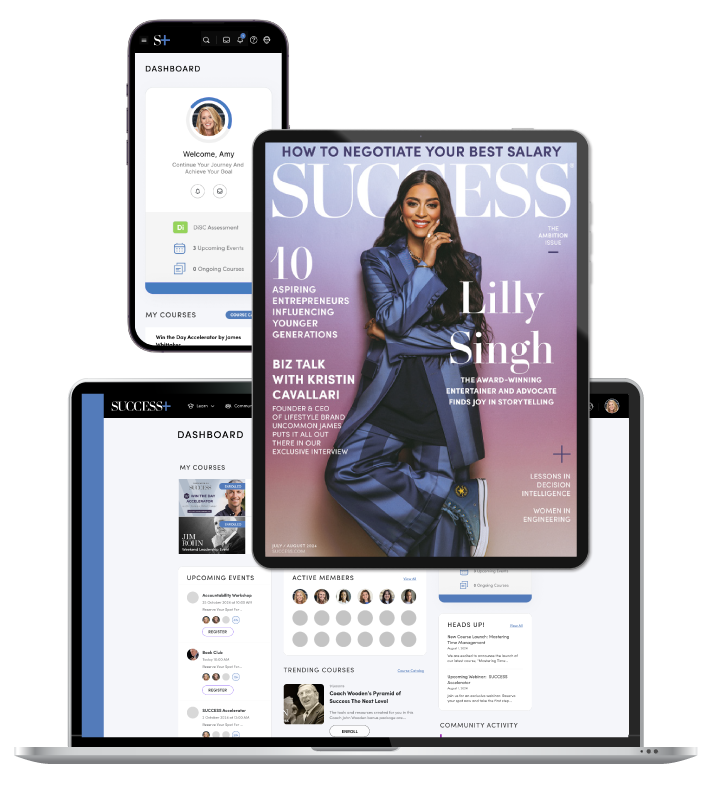For many early-career professionals, the sound of a ringing phone sparks more dread than urgency. Faced with the unexpected pressure of a live conversation, some freeze, let the call go to voicemail or scramble to respond by text instead.
As Gen Z enters the workforce, a quiet but consequential shift is taking place: More young employees are avoiding phone calls altogether—and it’s starting to affect the workplace.
A growing number of career coaches and workplace leaders say that phone anxiety, or “telephobia,” is creating a new kind of communication gap, one that’s affecting interviews, collaboration and client-facing roles. While previous generations were expected to pick up the phone without hesitation, Gen Z’s digital upbringing has primed them for a different rhythm rooted in written exchanges and asynchronous replies.
Here’s what you need to know about telephobia, Gen Z’s newest career anxiety.
How phone anxiety is playing out in the workplace
“I do have an aversion to talking on the phone. I much prefer texting, emails or even video calls with the camera on where you can see the other person,” says Sam Cooper, a Gen Z founder of a U.K.-based digital marketing agency. “My main aversion to phone calls is how anonymous they are.… You can’t read the body language of the person you’re talking to.”
But this discomfort isn’t limited to entrepreneurs. Zoe McCarty, a receptionist and social media manager in the U.S., says that phone anxiety was one of her biggest hurdles when starting her job. “I was scared to even answer a phone call when I got it—or even make a phone call,” she says. “It just felt like I needed to have a script in my head… and you don’t have time to prepare anything.”
These personal accounts are consistent with broader trends. A 2024 study by Uswitch found that nearly a quarter of Gen Z respondents said they never answer phone calls, and 61% prefer text-based communication in nearly all scenarios. A college in the U.K. has even begun offering a “telephobia course” to help students develop the real-time communication skills that previous generations may have taken for granted.
The struggle behind Gen Z’s telephobia
Psychologist and organizational wellness strategist Dominique Pritchett, Psy.D., says it’s a mistake to write off Gen Z’s discomfort as disinterest or laziness.
“When they face challenges with phone etiquette and real-time communication… the world is telling them they’re lazy or they’re not interested,” she says. “But it truly is a lack of intentional practice, a sense of emotional safety and having people model what this behavior can look like.”
The result is a generation arriving in the workplace with high levels of digital fluency but less experience with spontaneous verbal exchanges. For jobs where phone communication is still the norm, that skills gap can quickly turn into a performance gap, as evidenced by Gen Z’s different views of work.
Pritchett emphasizes that their struggle isn’t just about discomfort—it’s also about a deeper issue of preparedness. “Gen Z has been raised in a digital-first environment. That means their comfort zone is often within carefully crafted messages and curated experiences,” she explains. “Real-time phone calls don’t allow for editing or delay—and that can feel overwhelming.”
From fear to fluency
The good news? This is a solvable problem.
When McCarty took her current role, she received phone training that included scripts and practice scenarios. This made a huge difference for her.
“For a while, I did really go off a script, but it is a lot easier to talk on the phone when you don’t have a script, and you… know exactly what to say,” she says.
Cooper agrees that preparation and structure help. “Lots of phone calls have to be instant,” he explains. “And when they’re not planned… you have to take time out of what you’re doing at that specific time to focus, which makes it much harder to be productive.”
Managers who want to help can start by offering guidance rather than judgment. “We can’t expect them to adapt or change how their brain is wired based on just telling them or chastising them,” Pritchett says. Instead, she suggests a supportive approach: “modeling, mirroring and making room for mistakes. I call it the ‘triple M.’”
Some companies are taking note. In workplace onboarding, a few employers are incorporating call etiquette into training modules, not unlike how they address email tone or video meeting protocols. Others have begun pairing new hires with mentors who can coach them through their first few months of phone-heavy responsibilities. These small but intentional moves can dramatically reduce performance anxiety and build confidence over time.
Why addressing telephobia matters
Avoiding the issue won’t make it go away—in fact, it could make the problem worse. “If it’s not addressed, we see the continuation of Gen Z stress and even burnout,” Pritchett says. “It’s not just a skill gap—it’s a generational gap.”
Unaddressed phone anxiety may also limit Gen Z’s access to career advancement. In a hybrid world, the flexibility to switch between Slack, Zoom calls and voice calls is a soft skill that increasingly signals agility and professionalism. Roles in sales, media, health care and client services still rely heavily on phone communication, so younger workers who shy away from calls might inadvertently sideline themselves from leadership tracks or critical projects.
However, when companies invest in helping young workers bridge the divide, everyone benefits. “I see workplaces having better morale, better retention and even the opportunity to recruit,” Pritchett says. “Gen Z wants to know, ’Is that a place where you will [not only] accept me for who I am but [also] help me become a more functioning and productive person?’”
That answer might just start with a phone call.
Photo by voronaman/Shutterstock.com









